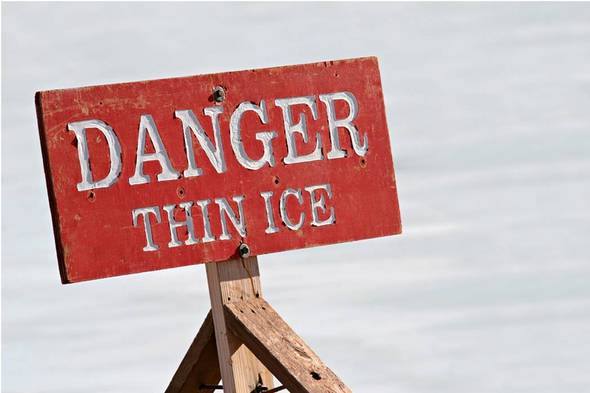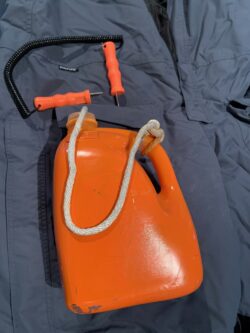 No fish is worth dying over. The same is true when talking about hunting, backpacking, or any outdoor recreation adventure. Montana is Big Sky Country and can be Big Die Country.
No fish is worth dying over. The same is true when talking about hunting, backpacking, or any outdoor recreation adventure. Montana is Big Sky Country and can be Big Die Country.
Mortality in Montana comes in many forms. Many are preventable. It is not an honor to have the highest suicide rate per capita of people, but Montana is the winner. This is attributed to depression, drug and alcohol abuse, and anxiety.
Recently we lost an Iceman that fell through the ice. He was ice fishing in a river that can have inconsistent ice. With changing weather conditions, we get changing ice. It gets thin, soft, slushy, and inconsistent. They found his gear and truck. He had been fishing alone and the ice was not safe where he was. Few people are really prepared for an icy breakthrough. If you have a companion, there is a chance. In a river, the current can quickly sweep you under the ice and away from your hole.
 Every year we lose neighbors for a variety of reasons. Bears kill a few, snakes bite some, slips and dangerous falls take their toll as well. Wheeler and snowmobile accidents are common. Hypothermia is common in places where the weather is always changing. There is a boatload of ways to lose our lives in Montana.
Every year we lose neighbors for a variety of reasons. Bears kill a few, snakes bite some, slips and dangerous falls take their toll as well. Wheeler and snowmobile accidents are common. Hypothermia is common in places where the weather is always changing. There is a boatload of ways to lose our lives in Montana.
Fishing, hunting, and outdoor recreation should not be on the death list. These outdoor sports are supposed to cheer us up, make us happy, and remove stress from our busy and sometimes confusing lives. Sunrises and sunsets bring strength and power to our lives. Fighting a fish, tagging a big game critter, boating smooth waters, and hiking to a mountain top enriches our lives. If they don’t, then you are doing it wrong.
Life is about making choices. Being alone in the wilderness and on the ice is dangerous. Wear a whistle to signal for help. Think first and make your best choices.
Take a friend along. Two heads are better than one. Help is close by.
Stay in good physical shape to enjoy good mental health. Know your physical limits.
Talk with others. Advice and support are often just a Howdy away. Icemen and other sportsmen, and women, are the friendliest folks outdoors.
Think about safety needs. Be prepared. Think about what accidents are likely and have what you need to deal with them.
When on the ice, know your limits. It doesn’t take a genius to know if the ice is unsafe. Ice can be soft, thin, fractured, or slippery. If you feel it’s unsafe, trust your intelligence. No perch is worth dying over. As a BIG Man, I avoid most ice under 5 inches thick. Traction on my boots and a ski pole keep me upright. A floating insulated outfit keeps me warm and on the surface. Ice picks and a whistle are around my neck where I can easily grab them. Have a plan before you get wet. If this happens, what will you do?
The ice sled can be shoved to a person to grab ahold of. Make the tow rope handle extra-long. Have a safety throw device. The whistle will signal to others that there is an emergency. You can’t be seen in the water. Once out of the freezing water, it’s time to get warm and dry. Have a plan.
Ice is usually the most dangerous along shorelines, open edges, pressure ridges, and where warmer water inflows from tributaries or geothermal features.
Don’t be the person that is swimming with the fishes!
Montana Grant

Join Montana Grant’s Facebook group at Montana Fishing For Fun.